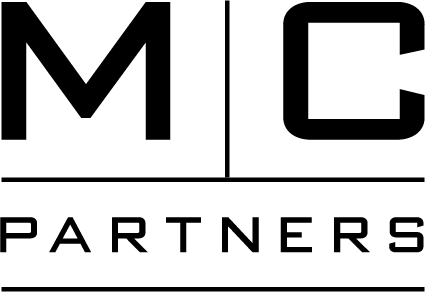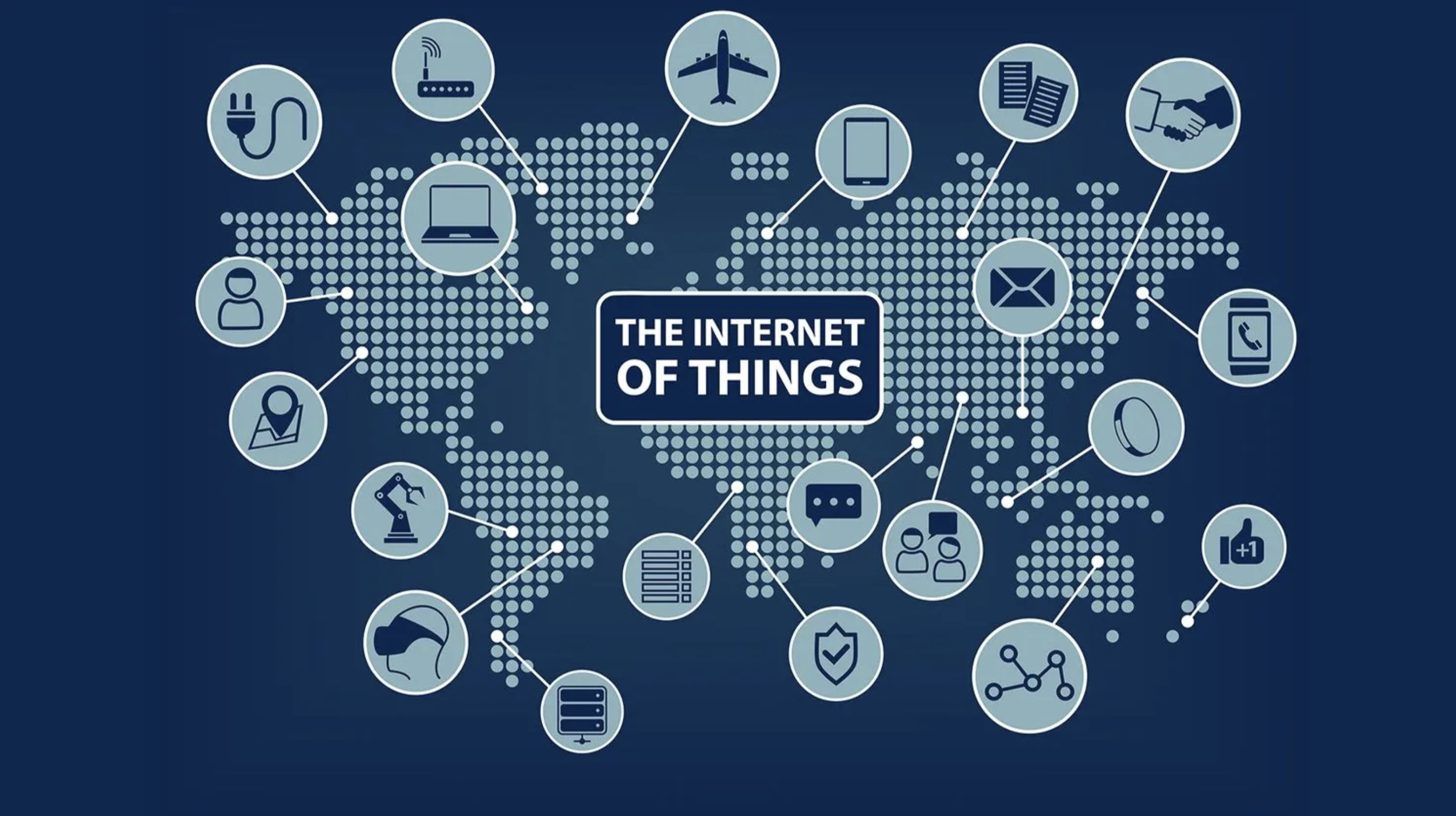IoT Can Accomplish More by Doing Less
By Julia Senior, Partner, M/C Partners
According to IDC, global IoT spending is set to grow to $1.1+ trillion by 2024 from $742 billion in 2020, with connected endpoints in North America nearly doubling to over 2.6 billion (SOURCE: GARTNER) over the same time period. These are heady numbers, but for many service-oriented growth investors, they don’t quite match up with realities of investing in this market.
That’s because IoT is billed as transformational, a technology superstar at the center of driving convenience, cost-savings, and productivity at scale in the smart homes, buildings, cities, and factories of the future.
That future is still attainable — just not as marketed. Getting there is going to take longer than expected and will be an gradual process, built one successful use case at a time.
Consumer in the Coal Mine: Learnings from the Smart Home Frontier
We need look no farther than IoT in the home, i.e., the “connected” or “smart” home, to see why.
In theory, racing towards the smart home should be a no brainer. Connected homes offer the promise of intelligent 24x7x365 security, heating and cooling systems that automatically balance maximum comfort and cost optimization, and appliances that are not only energy efficient, but that can also be activated remotely from a smart phone on the drive home. Add to this mix an all-knowing, always-on, voice-activated digital assistant, and we’re not far off from living like the Jetsons.
So, who wouldn’t want this comfort and convenience? Turns out, lots of people.
That’s because beneath this grand vision’s surface there are many issues. Ring, Nest, and Alexa have all made significant inroads with consumers, but do consumers really want to cede control of all of their home’s vital systems to an app or tech giant? What if instead of watching out for intruders, their IoT system was watching them?
Beyond security and privacy concerns, there are many other reasonable questions causing consumers to hesitate:
1. From whom should I buy my smart home solution(s)? Will all of my devices “talk to each other”?
2. Will the benefits be worth the cost of having so many recurring monthly charges?
3. How difficult will it be to install and learn to use these devices? Once they are implemented, who will manage and fix them when they inevitably falter?
4. What if I want to add another service or switch out of the one that I have? How difficult will that be?
Interestingly, it turns out these consumer concerns mirror those of the enterprise, which site a variety of barriers to IoT adoption, including: security, integration challenges, unclear ROI, lack of technical expertise and system interoperability. (SOURCE: BAIN & CO)
Taken together, these enterprise concerns go a long way in explaining the delta between the IoT hype and actual adoption. Yes, more cities are using IoT to manage waste removal, and more buildings are using IoT to turn off lights and control temperature when no one is in the building. And yes, more factories are using IoT to perform predictive analytics on machines and more farms are using IoT to optimize water and fertilizer use helping maximize crop yields.
They’re just not doing everything all at once. The apple is being eaten one bite at a time.
Five or ten years ago, we might have blamed this reluctance on the technology. But that’s not really the case. Many of the technological underpinnings of IoT — advanced sensors, low-cost connectivity, cloud computing, and analytics — are available today and improving rapidly. The challenge is in putting them all together in a way that addresses the enterprise concerns listed above, and that’s not something that can be solved by grand thinking alone.
A recent Microsoft survey found that ~25% of businesses have tried at least one IoT solution but only a quarter of those first IoT initiatives were deemed “highly successful.” Put another way, how can IoT be expected to provide the multiple solutions of a smart city, building or factory, when it currently has its hands full solving just one.
One Use Case at a Time
Therein, however, lies the solution. The IoT revolution is going to be won from the bottom up, not the top down. By focusing on, and refining, discrete use cases, IoT can build a bridge to the future that is not only smart but practical.
In looking back on IoT deals my firm has evaluated over the last three years, the companies that have been most successful share a few commonalities: 1) a clearly defined market and specific use case — granularity matters; 2) differentiation in software and analytics; and 3) management with industry experience and existing traction.
Here are a few examples of markets where a focused approach to IoT is making a big impact:
Fleet Tracking — Amazon rewrote the rules of delivery more than a decade ago and more recently COVID has turned the “last mile” delivery market into an every-household, front-page concern. Today, networks of sensors, GPS, RFID and other technologies generate and share real-time vehicle, package, and traffic data, making IoT an indispensable part of supply chain management, innovation, and investment.
Video Surveillance — IoT is helping cameras do more than record active threats, such as fire, intruders, violence and vandalism, it is helping them act on these incidents by connecting to other devices and systems, such as alarms, to keep people and property more secure.
Robotic Assembly — While there is still an ample role for people on the factory floor, IoT-enabled robots and robotic cells are making repetitive assembly tasks more efficient, scalable, and predictable, enabling human operators to spend more time on value-added tasks.
As IoT solution providers get these use cases right, effectively accomplishing more by deliberately doing less, they are a bellwether for solving many of the problems holding the wider IoT market back.
About the Author
Julia Senior is a Partner at M/C Partners, where she leads origination, deal diligence, and portfolio company support for investments in a variety of communications and technology services segments. She currently serves on the Board of Carbon60, DAS42 and SoniqWave, serves as a Board Observer for Involta, and provides portfolio coverage for Omega Wireless and Canopy Spectrum. Prior to joining M/C Partners in 2016, Julia was an equity research analyst on the Telecommunications team at Bank of America Merrill Lynch where she covered companies in the wireline, wireless, data center, and tower industries. Julia is a CFA charterholder and received a B.A. in Economics from Harvard College and an MBA from Harvard Business School.

